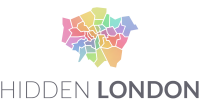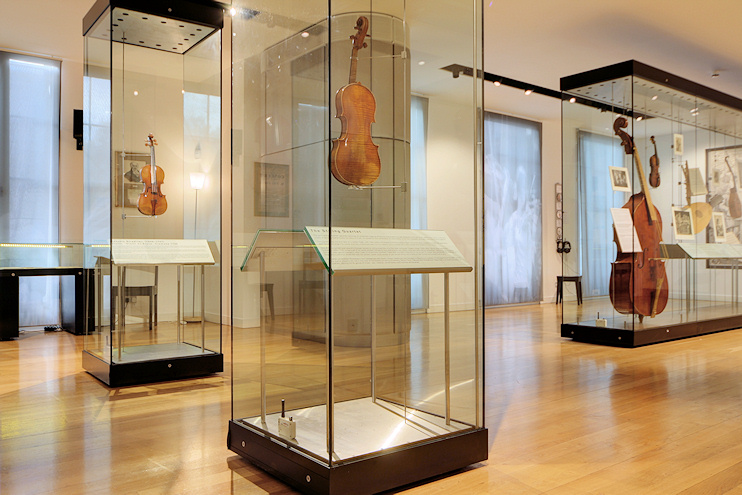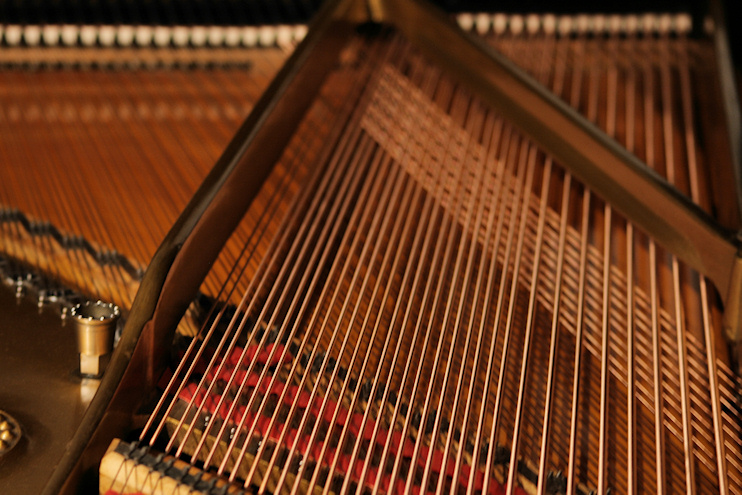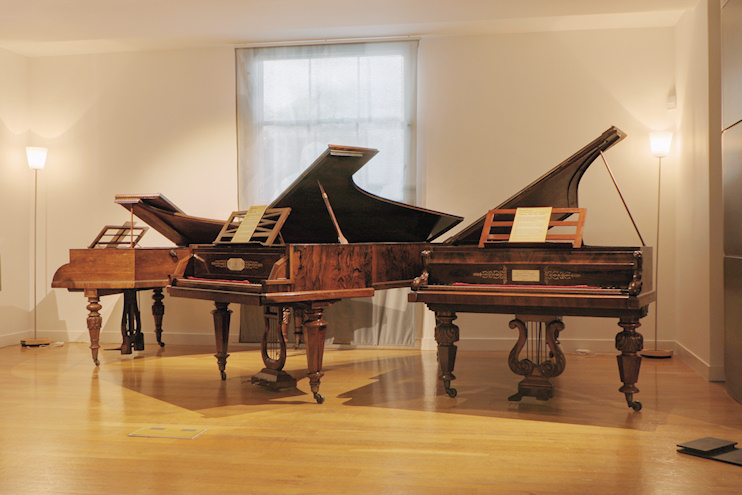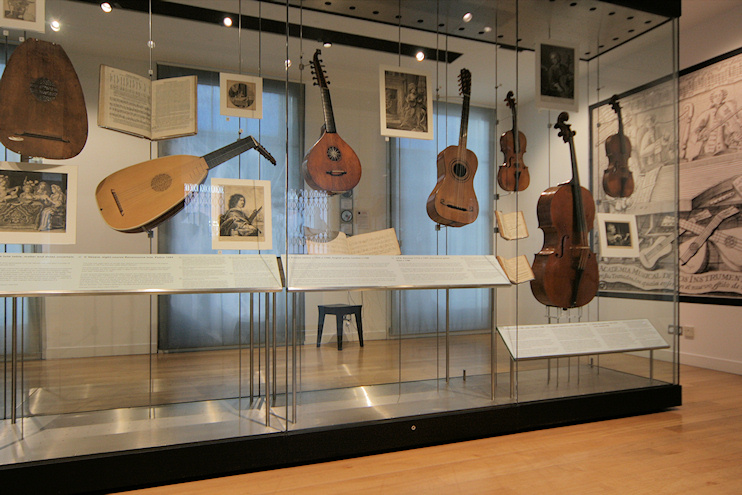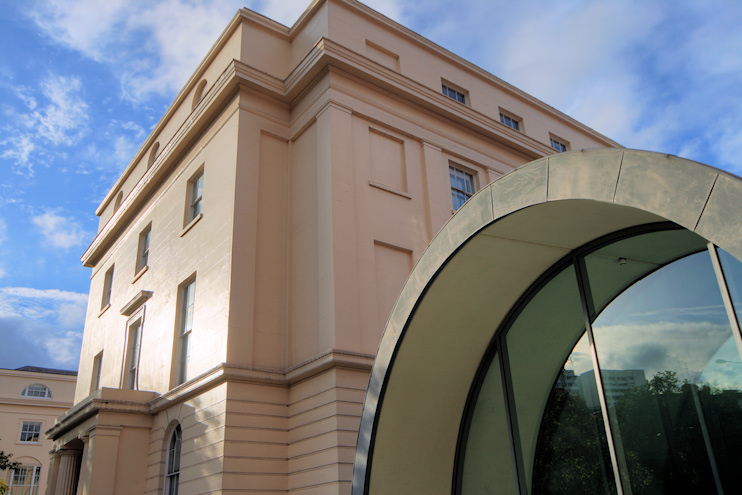Royal Academy of Music Museum
Violas, virginals and virtuosi
Royal Academy of Music Museum, Marylebone Road, NW1
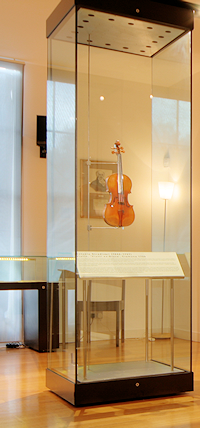
The country’s oldest conservatoire, the Royal Academy of Music admitted its first students in 1823. Coincidentally, this was the year in which John Nash built No.1 York Gate, which has been home to the academy’s museum since it opened in 2001 with the assistance of a grant from the Heritage Lottery Fund.
This is a small museum with a compact collection on display, so you can whizz round in half an hour if time is tight. There’s usually a temporary exhibition on the ground floor, which also has a bookshop and a showcase chronicling the history of the Royal Academy of Music.
Upstairs, the strings gallery has precious violins, violas and cellos by world-famous makers, as well as a Renaissance lute, Baroque guitar, double bass, tiny piccolo violin and rare archive material about musicians and makers. The first violin (so to speak) is the Stradivari Viotti ex-Bruce, which was made in 1709 and was once played by Marie Antoinette. Its most celebrated owner was Giovanni Battista Viotti. According to the Art Fund – which helped the academy acquire the instrument – it is considered to be one of the four greatest Stradivari violins in existence.
On the second floor, the piano gallery has an array of instruments from the early 17th century to the 19th century – illustrating the evolution of the pianoforte – and there are harpsichords too. On request, gallery assistants (who are usually academy students) may be able to demonstrate an instrument for you, and one of the pianos can be played by members of the public.
A distinctive feature of the museum is the glass-walled studio workshop in each of the upper-floor galleries, where luthiers and technicians can sometimes be observed making repairs and adjustments to instruments in the academy’s collection.
There’s no café in the museum but on weekdays during term-time visitors can use the restaurant in the academy’s neighbouring main building.
